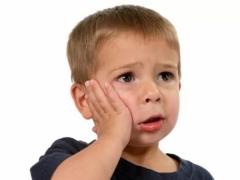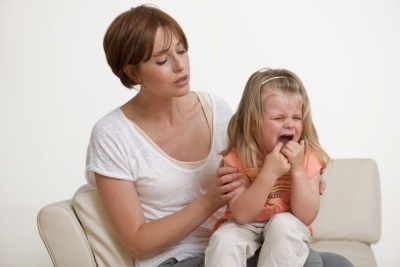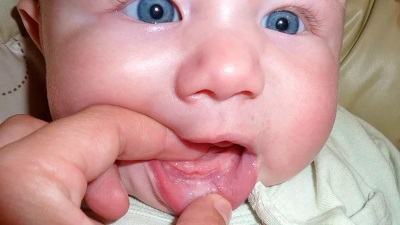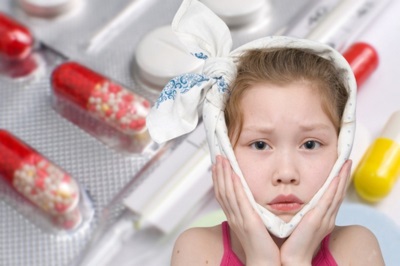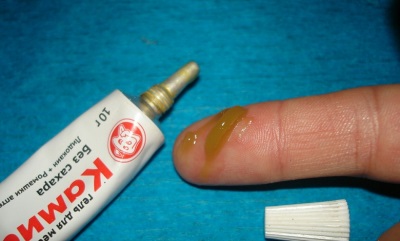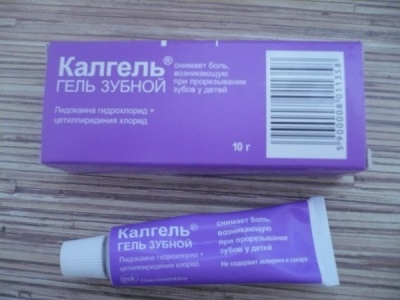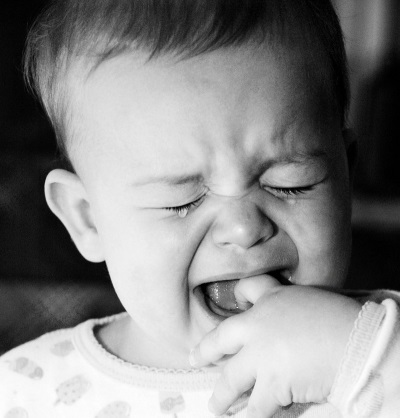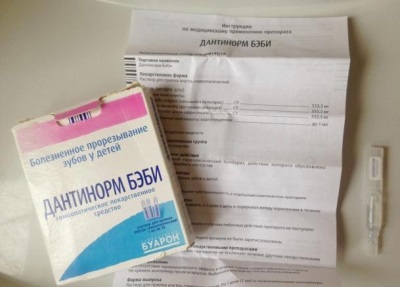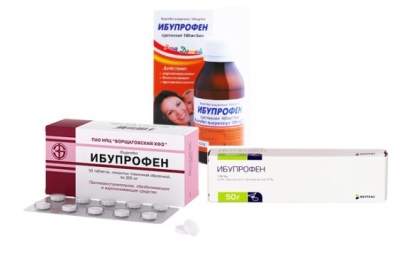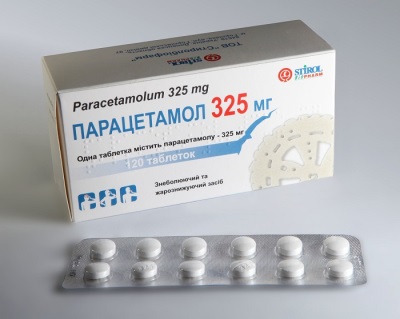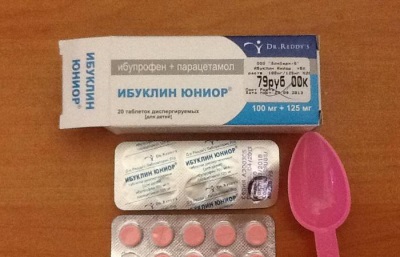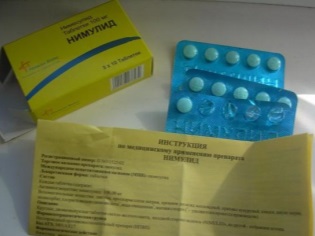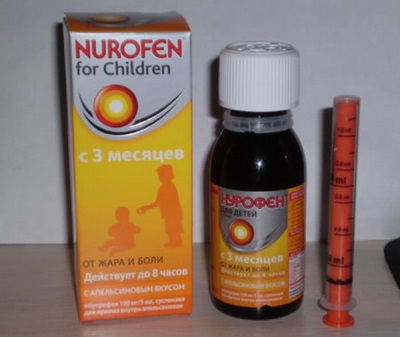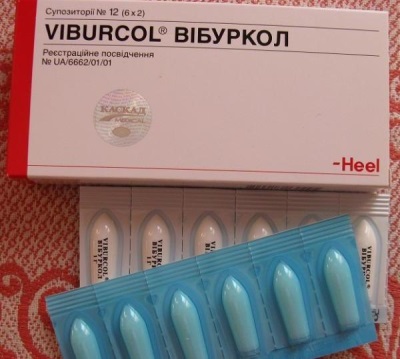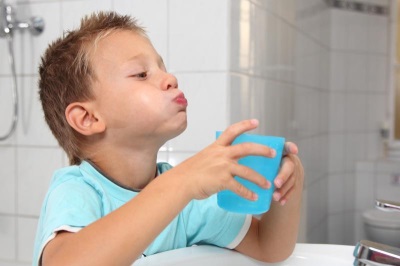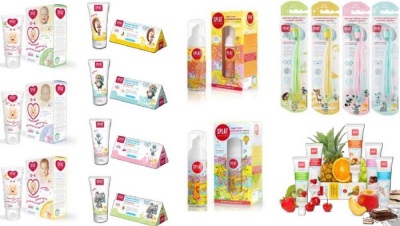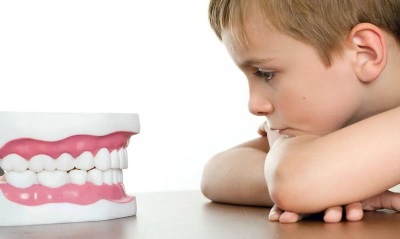Pain relievers for toothache for children
Toothache is one of the most unpleasant and debilitating types of pain. She is able to bring to the boiling point any adult, what can we say about the children? How can you take it off to help your child quickly, efficiently and at the same time not harm his health?
Causes
- The sensitivity of tooth enamel. It happens when a denuded dental cervix, neurological ailments, metabolic disorders.
- Teething. Very unpleasant sensations in the gums in babies, starting from 4-5 months of age. In infants redden gums, saliva flow copiously. The little one pulls everything into his mouth and tries to scratch a sore spot with the help of any improvised means.
- Inflammation in the mouth. They happen after the loss of a milk tooth or the removal of a diseased tooth.
- Caries.
- Pulpitis. Severe inflammation, accompanied by the occurrence of flux.
- Mechanical damage (chipped, full or partial damage to the seals, injury to soft tissue).
How to help?
The most excellent way to get rid (and, moreover, for a long time) of pain is to visit a dentist.
But if there is no such possibility right now, you can proceed to the choice of the drug. Everything remedies for toothache are detrimental to pain mediators and reduce the sensitivity of the receptors.
Today, pharmacies have a great variety of various painkillers, and this only complicates the choice of parents, because the child does not want to offer a potent drug, and help at the same time as quickly as possible. Say at once, the favorite painkillers "Ketorol", "Spazgan", "Ketanov"For children are not suitable in principle.
Dental gels
This is a favorite pain reliever for young moms and dads. When the baby begins to cut teeth, it is the gels that become the "best friends" of the parents. It should be noted that ointments and gels for local use, unfortunately, do not relieve a sharp toothache. They only for a time (about half an hour) relieve the suffering of the baby.
Kamistad
Suitable for children of any age. This product contains chamomile flower tincture and lidocaine, the active anesthetic, which relieves pain and reduces swelling of the gums. Due to the weak anti-inflammatory effect "Kamistad»Not recommended for stomatitis. The gel causes excessive salivation, and therefore it is undesirable to give it to infants, although there are no direct contraindications to this.
Calgel
As part of the funds are antiseptics and anesthetic lidocaine. Exactly "Calgel"Most often recommended babies with teething. However, care must be taken that the child Do not swallow the gel when feeding, so as not to start allergies. It can be applied to the gums at intervals of 20 minutes, but not more than 6 times a day.
Chalisal gel
Dental gel, which can be safely used to alleviate the condition of breast crumbs during the period when teeth are cut. It, unlike other local preparations, penetrates deep into the tissues, and due to its thick consistency, it keeps on the gums for a long time. Therefore, its analgesic effect is longer than that of others - about 2 hours.
Homeopathic remedies
Such painkillers consist of herbal ingredients. Plus they are that they are non-toxic.And minus - what in case of acute pain in case of caries or pulpitis, as well as in case of mechanical damage to the tooth, these tools will be ineffective. They are designed to systematically care for problem gums, especially during the period when teeth are cut. They “work” accumulatively, and therefore in an emergency situation they almost do not bring relief.
- «Traumel-c". As part of this ointment is a very large list of healing herbs - extract of calendula, daisy, belladonna, St. John's wort, yarrow. And that is not all. Manufacturers do not recommend this ointment to children under 3 years old, but experienced parents have long ago mastered the drug as a means of caring for gums in babies.
- Drops "Dentinorm Baby". Homeopathic medicine, the effect of which differs significantly from ointments and gels. It penetrates inside and perfectly copes with inflammatory processes not only in the oral cavity, but also in the nasopharynx. In addition, it successfully helps with other "satellites" of cutting teeth - diarrhea, for example. Allowed to children from the age of three months.
Anti-inflammatory drugs
They spread their effect for 12 hours, they are often used by mothers for children who have problems with teeth accompanied by visible edema and temperature.
- «Ibuprofen". This is a non-steroidal anti-inflammatory drug. Available in various forms. Candles and suspensions can be applied from three months of age, tablets can be given to children from 6 years old. This is one of the safest means, but far from the most potent.
- «Paracetamol". With toothache, the well-known “Paracetamol” can be used only if the little patient is already 3 years old. The drug relieves pain and reduces the temperature if it is elevated in a child, but, alas, its anti-inflammatory effect is minimal.
If the pain is unbearable, it is better to accept "Ibuklin". Like all nonsteroidal drugs, with long use, Ibuprofen adversely affects the intestinal mucosa and other digestive organs.
Means to help conquer pain
«Nise», «Aktasulid», «Nimulid". Nonsteroidal anti-inflammatory drugs. Reduce swelling, well eliminate pain. The action is based on the partial blockade of a number of hormones in the brain (in particular, prostaglandin). They have an impressive list of contraindications and side effects. They are not recommended for children under 12 years old.
«Children's Nurofen". This is the most famous and common remedy for pain relief. Forms of release are various - in syrup, tablets. It begins to act within a few minutes after admission. The dosage of the drug depends on the age, in general, "Nurofen" can be given to children from 3 months. Can not be taken simultaneously with aspirin.
Antihistamines
- «Phenystyle". These drops well help babies during teething. Quickly put in order the gums, relieve swelling, eliminate itching, and what more do crumbs need? By the way, according to parents, these drops are a kind of “champions” in speed of action among other drugs that are used to block toothache. They begin to "work" within 5-7 minutes after ingestion.
- CandlesViburcol - well help not only during the appearance of the first teeth, but also for other diseases. Quickly quench the pain, reduce the temperature, prevent the spread of the inflammatory process.
Folk remedies
Folk remedies can harm a child, and parents often do not have time to pick up an effective method - the baby needs help as soon as possible.
The most "proven" generations of grandmother's recipes:
- Soda rinsing (water and soda) removes swelling and disinfects the oral cavity.
- Rinse decoction oak bark relieves pain.
- A piece of fat, put on the tooth, relieves aching pain.
- Gruel of chewed mint leaves relieves even severe toothache.
Additional funds
- Tooth anesthetic paste SPLAT.It is rather not a first aid tool, but a necessary component of daily care. These pastes restore the hard tissues of children's teeth, have an antibacterial effect.
- Lidocaine spray. It is quick and easy to apply by spraying onto a sore tooth or part of the gum. It is used both to block pain syndrome and in dental treatment. A very convenient form, if the pain hits a child on the road.
Almost all dental anesthetics for children do not cure the cause, but only remove the painful manifestation of the symptom. They give you extra time, but with a visit to the dentist is not worth it.
All about children's teeth and how to avoid problems with them, see the transfer of Dr. Komarovsky.
